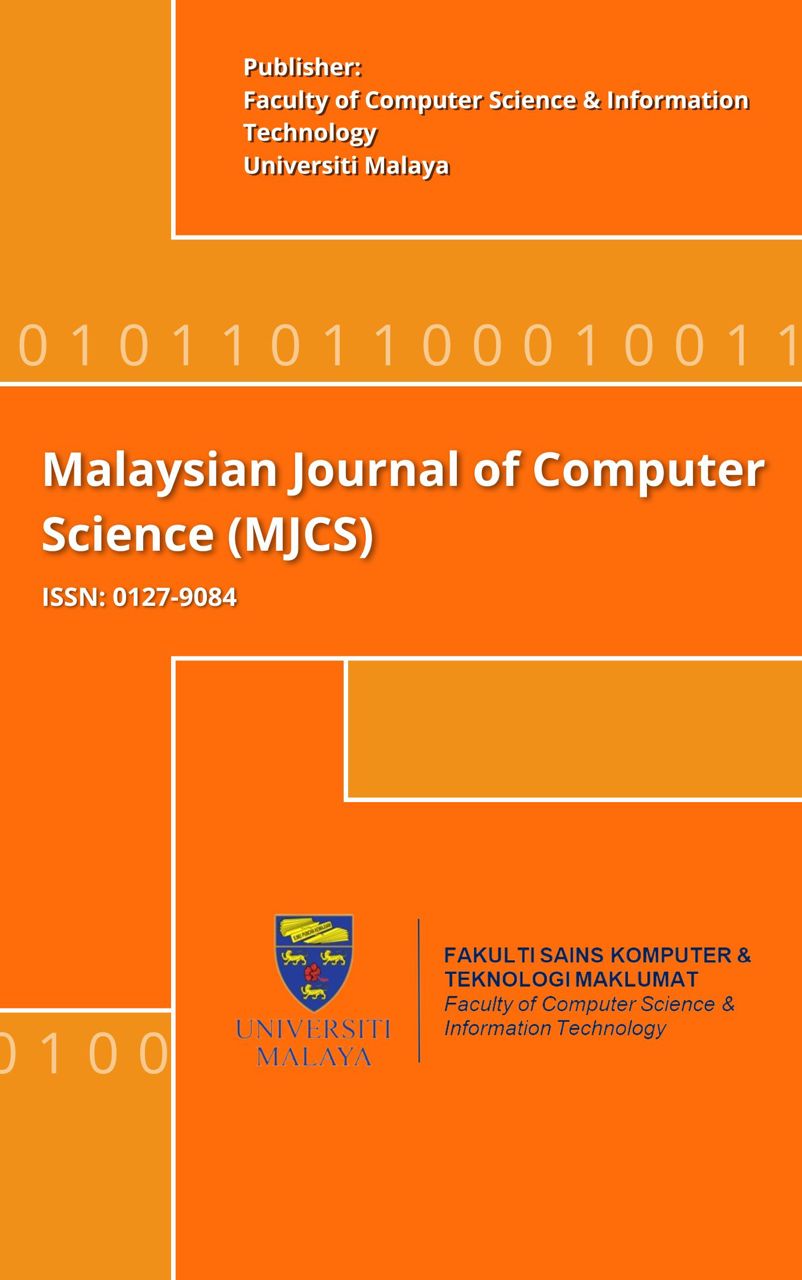A Comparative Study of Image Compression Between JPEG and Wavelet
Main Article Content
Abstract
Image compression is fundamental to the efficient and cost-effective use of digital medical imaging technology and applications. Wavelet transform techniques currently provide the most promising approach to high-quality image compression, which is essential for teleradiology and Picture Archiving and Communication System (PACS). In this study wavelet compression was applied to compress and decompress a digitized chest x-ray image at various compression ratios. The Wavelet Compression Engine (standard edition 2.5) was used in this study. This was then compared with the formal compression standard “Joint Photographic Expert Group” JPEG, using JPEG Wizard (standard edition 1.3.7). Currently there is no standard set of criteria for the clinical acceptability of compression ratio. Thus, histogram analysis, maximum absolute error (MAE), mean square error (MSE), root mean square error (RMSE), signal to noise ratio (SNR), and peak signal to noise ratio (PSNR) were used as a set of criteria to determine the ‘acceptability’ of image compression. The wavelet algorithm was found to have generally lower average error matrices and higher peak signal to noise ratios. Wavelet methods have been shown to have no significant differences in diagnostic accuracy for compression ratios of up to 30:1. Visual comparison was also made between the original image and compressed image to ascertain if there is any significant image degradation. Using wavelet algorithm, a very high compression ratio of up to 600:1 was achieved.
